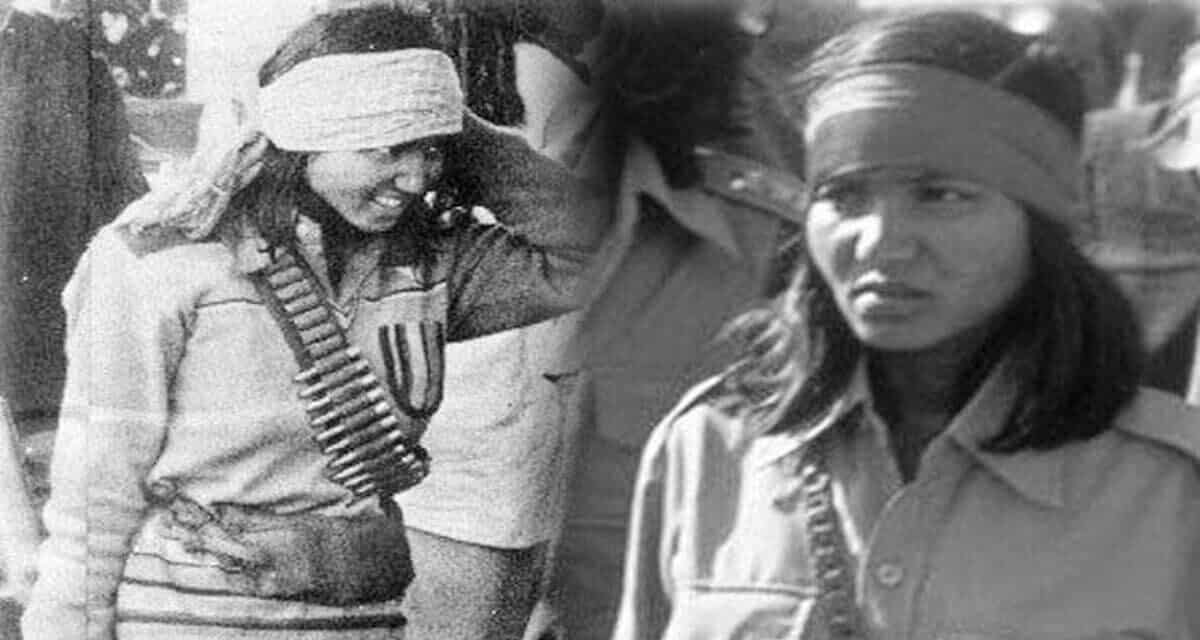In 1980, an internal fight between Indian bandits ended with the death of one gang leader, and the victors’ capture of his lover, Phoolan Devi. They took her to an isolated village and subjected her to various abuses and humiliations. She escaped – then returned and massacred her tormentors by the dozen. Following are thirty things about her and other formidable women who visited vengeance upon their foes.

30. A Teenage Girl’s Journey to a Life of Banditry
In 1963, Phoolan Devi was born in Utter Pradesh, India, into a lower caste family that ranked barely above the Untouchables. The lot of lower castes – especially of impoverished lower caste girls like Phoolan – was no bed of roses, as she learned all too soon. From early on, Phoolan resisted injustices. At age ten, she defied an uncle who wanted to cut a tree on her father’s tiny land plot and organized her village’s girls to conduct a sit-in. They resisted efforts to remove them by force, and the sit-in only ended when they knocked Phoolan unconscious with a brick.

At age eleven, Phoolan’s family married her to a man in his thirties, who abused her in many different ways. She fled several times, but her family kept returning her to her husband until the marriage finally ended when Phoolan was sixteen. A wife leaving her husband was a serious taboo in Phoolan’s neck of the woods, and she became a social outcast. Her prospects grim, the teenaged Phoolan fell in with and joined a gang of rural bandits. One of her first acts upon becoming an outlaw was to visit vengeance upon her abusive ex.

